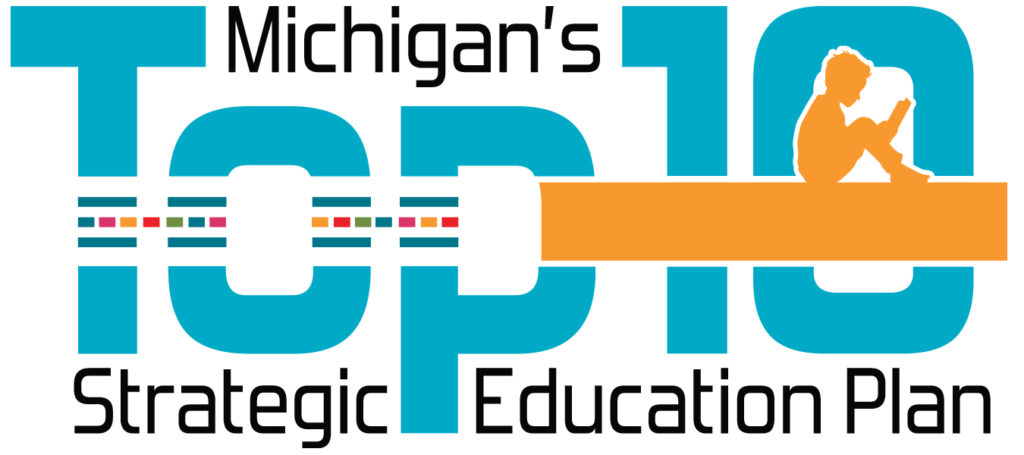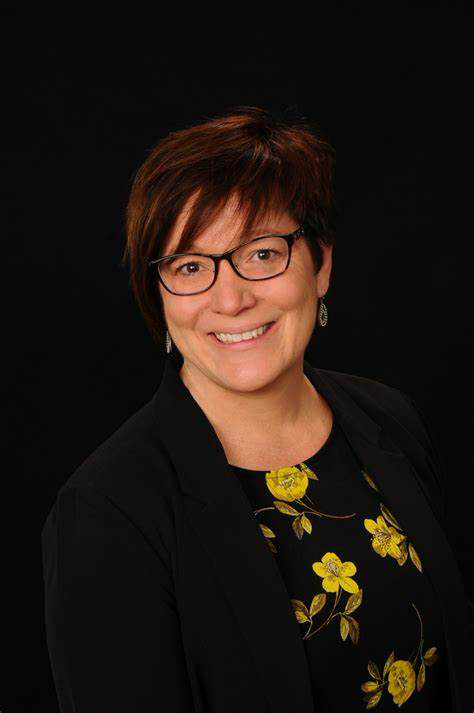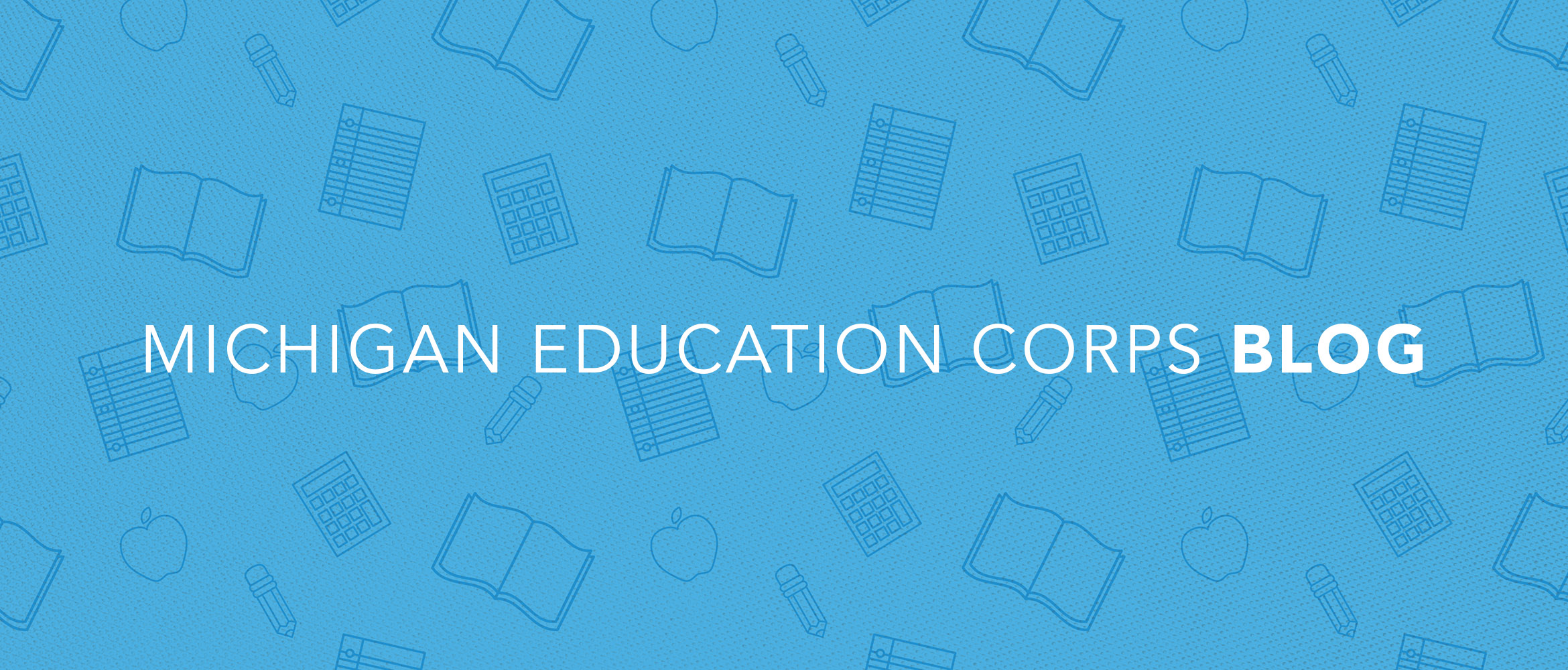
Mirrors and Windows Video/Blog – Rané Garcia
 Michigan’s education ranking varies from poll to poll, but is often found in the low 30’s (out of 50 states). The factors for this are numerous and experts often cite issues related to funding, staffing, and inequity as the main culprits.
Michigan’s education ranking varies from poll to poll, but is often found in the low 30’s (out of 50 states). The factors for this are numerous and experts often cite issues related to funding, staffing, and inequity as the main culprits.
Some may view these reasons and think, “Well, just increase teacher pay and give schools more money.” Of course, increasing teacher pay and school funding overall will help; but, the problems Michigan schools face are systemic, seemingly endemic, and are rarely ever fully understood.
To begin fully understanding what’s needed for our schools and our kids to thrive, MEC talked with Rane’ Garcia, the Director of the Office of Diversity, Equity, and Inclusion at the Michigan Department of Education (MDE). She is part of the MDE leading Michigan’s Top 10 Strategic Education plan. The plan’s mission is supporting learning and learners with the vision that “every learner in Michigan’s public schools will have an inspiring, engaging, and caring learning environment that fosters creative and critical thinkers who believe in their ability to positively influence Michigan and the world beyond,” which is no small effort.
“The mission and the vision that the department has, I believe, is spot on. There’s a lot of work to do, it’s not going to happen overnight,” Garcia said.
Garcia, recently entering her role, brings a 31-year career in public education including experience as a teacher, principal, and district administrator. As Director of Diversity, Equity, and Inclusion, Garcia is responsible for developing and supporting broad efforts and strategies that foster greater fairness and inclusion in the state’s public schools.
She spoke in-depth about how different schools and communities come with different opportunities based on location and demographic. Garcia stated if we want to achieve strong educational outcomes for all schools and students, we need to give all schools equitable access to resources that many, especially in rural and urban areas, have gone without, and have gone without for decades.
“When we look at third graders or eighth graders who have been through two years of a pandemic. And then prior to that, significantly inequitable funding, lack of access to opportunities, and basic needs – health care, housing – those have compounded over time,” Garcia said.
Garcia explains that the systemic problems plaguing schools that were spotlighted by the pandemic have always been there.
“… We talked about the pandemic, but the first pandemic is the pandemic {of racial, funding, and policy inequity} that caused these inequities in the first place,” Garcia said.
During our interview, we talked about the history of inequitable school funding, what inequity looks like in the classroom, and we start discussing the department’s plan to make Michigan a top ten state.
Garcia discusses the vital role that grassroots organizations like MEC play in supporting Michigan schools. By placing MEC AmeriCorps members in the schools of their own communities, MEC emphasizes the importance of “doing with, and of the community – not to the community,” citing Paulo Freire.
Watch the interview to hear more about identity in the classroom, fairness, and about making Michigan a top ten state here.
*Special thanks to Rane’ Garcia for giving us her time to discuss these topics.






